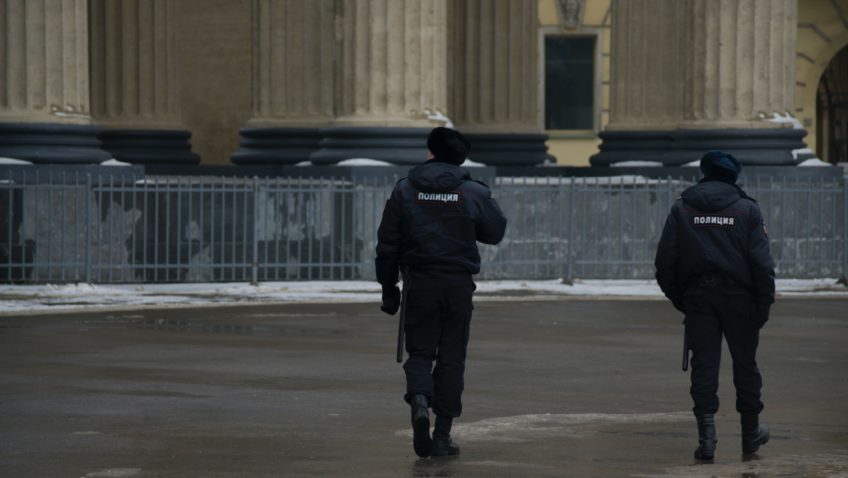The anti-Western narrative aimed at the Russian audience that accompanied Russia’s military resurgence was three-fold: the expansion of NATO, the Western military intervention in the Middle East, and the Western support of color revolutions. This article deconstructs the first two and points to the lack of a factual basis to support the narrative that Western military expansionism at the cost of Russia has historical roots.
First, historically, the West helped to contain the same power status that the Soviet Union had even when Russia’s military capacity had drastically diminished in the 1990s. Russia was allowed to keep the permanent seat of the Soviet Union in the United Nation’s Security Council, with the special veto authority, which helped Russia be a decisive factor in the international arena. Russia also inherited all of the embassies and consulates that the Soviet Union had, helping Russia nourish the diplomatic relationships of the previous system.
More importantly, while Russia was only one of the four Soviet states in which Soviet nuclear weapons were stationed, it came out of the Soviet Union as the single successor of nuclear weapons. The West’s lack of insistence to dismantle Russia’s nuclear capacity cemented Russia’s symbolic status as a great nuclear power, which directly contradicts Russia’s current narrative depicting Russia as a victim of Western military expansionism. Moreover, Russia was invited in 1997 to participate in the Group of Eight (G8), and sit at the same table with the rest of the “great powers” in the world, which refutes the frame that the West immediately tried to curb Russia’s influence in the world after the fall of the Soviet Union.
Second, the fact that the narrative of Western military expansionism at the expense of Russia’s self-perceived sphere of influence – the Near Abroad, is based on a myth. The Gorbachev-Kohl gentlemen’s agreement was never put on paper and was never passed by any administration, reducing its content to mere allegations. This renders the narrative that the West is not only expansionist but also dishonest, a frame lacking a factual basis. Furthermore, the agreement in 1997 between NATO and Russia that prohibited the deployment of nuclear weapons on newly admitted NATO members was a sign of good faith by the West. The NATO-Russia Council established in 2002 was a further beacon of hope that this good faith could be institutionalized.
Third, while NATO deterrence and defense operations and missions are located to a large extent in Eastern Europe, it is notable that it took NATO a long time to deploy its missions there, and the first military exercises that NATO conducted in the Russian ‘Near Abroad’ happened as late as 2013. While the NATO Baltic air policing mission officially began in 2004, most NATO members did not deploy their aircraft there until much later. The deployment intensified after the NATO Bucharest summit in 2008 and after the Georgian war. This undermines Russia’s insistence that NATO has traditionally been exhibiting aggressive behavior close to its borders, which is a large part of the anti-Western narrative.


0 comments